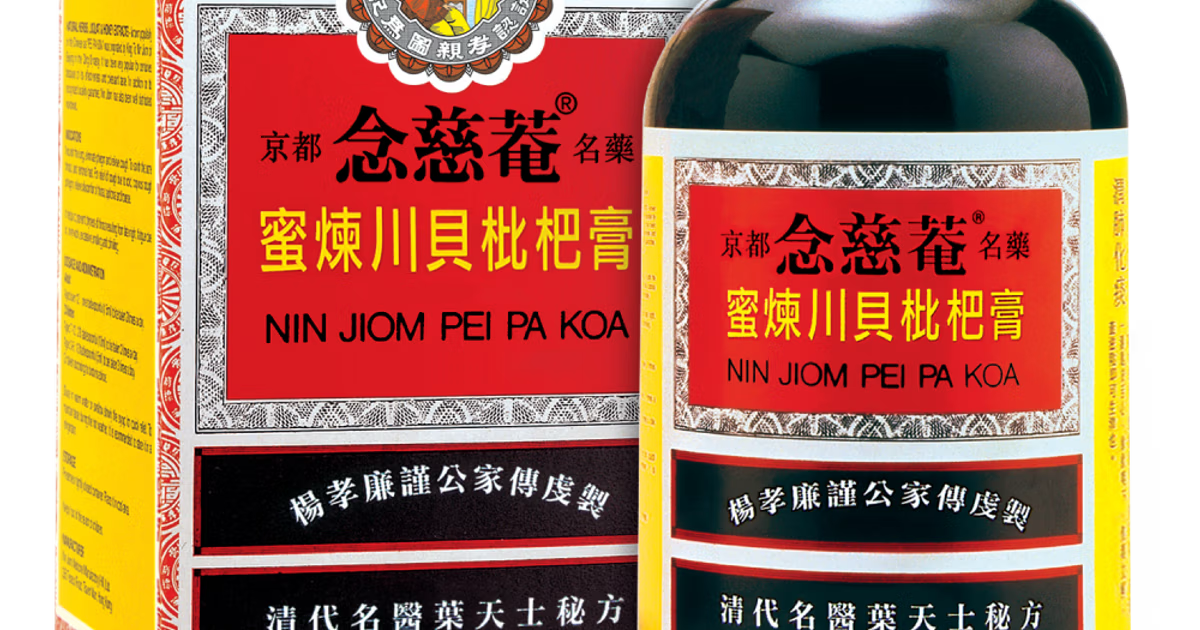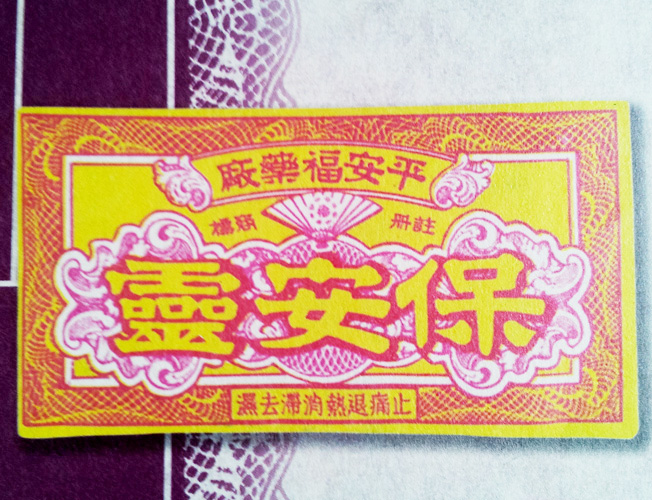When you read about traditional Chinese medicine, or TCM, coverage tends to fall into one of two categories. It either has connotations of ancient mysticism or quackery, or it talks about the use of exotic animals and wildlife.
But whether or not you believe TCM to be “dangerous,” it is far from ancient history. It pervades a lot of modern Chinese life in often very mundane ways, affecting how some people maintain their health on a daily basis.
Here are five areas of modern Chinese life that are still commonly impacted by traditional medicine.
Beauty
You can find TCM beauty treatments all over the Chinese internet, claiming to help buyers achieve their beauty goals such as getting clear skin or losing weight.
In addition to such “medicines” and TCM-based cosmetics, there are also items such as the ox horn comb. The origins of this item date back to the 1500s, but it can still attract thousands of buyers a month for a top seller on Chinese ecommerce platform Taobao. Buyers believe it has a natural protein in it that prevents headaches and hair loss.
Related:
 The Ox Horn Comb: A Thoroughly Traditional, Thoroughly Modern Chinese Beauty TrendArticle Apr 11, 2018
The Ox Horn Comb: A Thoroughly Traditional, Thoroughly Modern Chinese Beauty TrendArticle Apr 11, 2018
And because sometimes beauty comes from within, there are also specialized spas to take care of internal build-ups, such as ear wax.
Food and Drink
Several TCM principles carry over to social norms for eating and drinking that are still widely practiced. If you grew up in a Chinese family, you may have inherited these from your parents or grandparents. This is just one example of how TCM practice in China is as much cultural as anything else.
When ordering water in China, even during the summer, you may find that it’s served scalding hot. This is left over from a TCM idea that hot water can help expel cold and humidity from the body.
Or if you eat too much spicy food at dinner, people may warn you about shang huo (上火) — literally to “catch fire.” This term is used to explain away symptoms ranging from acne breakouts to tooth pain.
Related:
 The Universal, Yet Uniquely Chinese, Experience of Being On FireIf you find yourself with “rising fire,” no need to stop, drop and rollArticle Jan 22, 2019
The Universal, Yet Uniquely Chinese, Experience of Being On FireIf you find yourself with “rising fire,” no need to stop, drop and rollArticle Jan 22, 2019
In first-tier cities like Beijing, there are even cocktail bars that serve drinks using TCM-approved ingredients, often overseen by owners with extensive experience in the subject.
Parenting
When a woman gives birth in China, there’s this very old-school idea of zuo yuezi (坐月子), or “sitting the month.” A term left over from traditional ideas about women in relation to their in-laws, it refers to a period when a new mom and her child will stay indoors for an entire month, with a sizable list of things to do and not to do.
Today it has taken on more modern characteristics in the form of “baby mega-spas” — more accurately known as yuezi centers (月子中心). Parents can enroll in these luxe facilities for up to 30 days, eating TCM-approved foods, taking classes on parenting, and getting spa treatments for both mother and baby.
Related:
 I Spent a Month Inside a Traditional Chinese Medicine Baby Mega-SpaWhy more modern moms are opting to “sit the month” based on traditional Chinese medicineArticle Dec 11, 2019
I Spent a Month Inside a Traditional Chinese Medicine Baby Mega-SpaWhy more modern moms are opting to “sit the month” based on traditional Chinese medicineArticle Dec 11, 2019
But time booked at these centers does not come cheap. Month-long memberships at a yuezi center can cost as much as 460,000RMB (about 65,000USD) for a high-end package in a first- or second-tier city.
Health and Medicine
Many people who practice TCM in China will tell you that their daily habits are far more run-of-the-mill than scorpion liquor infusions — although such infusions definitely do exist.
In an average Chinese pharmacy, you can find herbal medicines on the same shelf as ibuprofen.
Related:
 Does Traditional Chinese Medicine Have a Place in a Brand-New Epidemic?Without a vaccine for Covid-19, many in China – young and old – have turned to TCM remediesArticle Feb 17, 2020
Does Traditional Chinese Medicine Have a Place in a Brand-New Epidemic?Without a vaccine for Covid-19, many in China – young and old – have turned to TCM remediesArticle Feb 17, 2020
Many people in the Chinese-speaking world grew up taking many of these medicines, such as Tiger Balm. One example found in many Chinese medicine cabinets is pipa tangjiang (枇杷糖浆), a mild herbal cough syrup that actually tastes delicious, and is so nostalgic to Chinese and Asian Americans that one California bubble tea business made special edition drinks with it.
But how these medicines have been marketed in the past has also had dangerous implications. In the early days of the Covid-19 pandemic, people cleared shelves of the Chinese herbal remedy Shuanghuanglian after state media outlets implied that it could help contain coronavirus, with little evidence to back up the claims.
Self-Regulation
These are probably the most recognizable applications of traditional Chinese medicine to most people.
Acupuncture — and the less invasive acupressure — have officially entered the mainstream worldwide, endorsed by celebrities from Kim Kardashian to Kobe Bryant. For those unfamiliar, the practice uses micro-needles along specified points in the body to unblock the flow of energy, or qi. Acupressure employs the same principles, but uses pressure from the fingers instead.
Related:
 6 Acupressure Hacks Everyone Should KnowArticle Jan 08, 2019
6 Acupressure Hacks Everyone Should KnowArticle Jan 08, 2019
In addition, both baguan (or “cupping”) and guasha (or “scraping”) have been steadily making their way onto the backs and faces of both celebrities and everyday people outside China. Devotees to both treatments swear that they help relax the muscles and regulate bodily function, and in China, it’s common to see people walking around bearing the rows of purple-red marks on their backs that the cupping treatment leaves behind.
TCM as a form of medicine is still widely disputed, and its impact on illegal wildlife cultivation should not be ignored. But whether a placebo or viable treatment, the ideas behind it are still perceptible on the surface of everyday life in China.
Header image: Mathew Schwartz via Unsplash
















